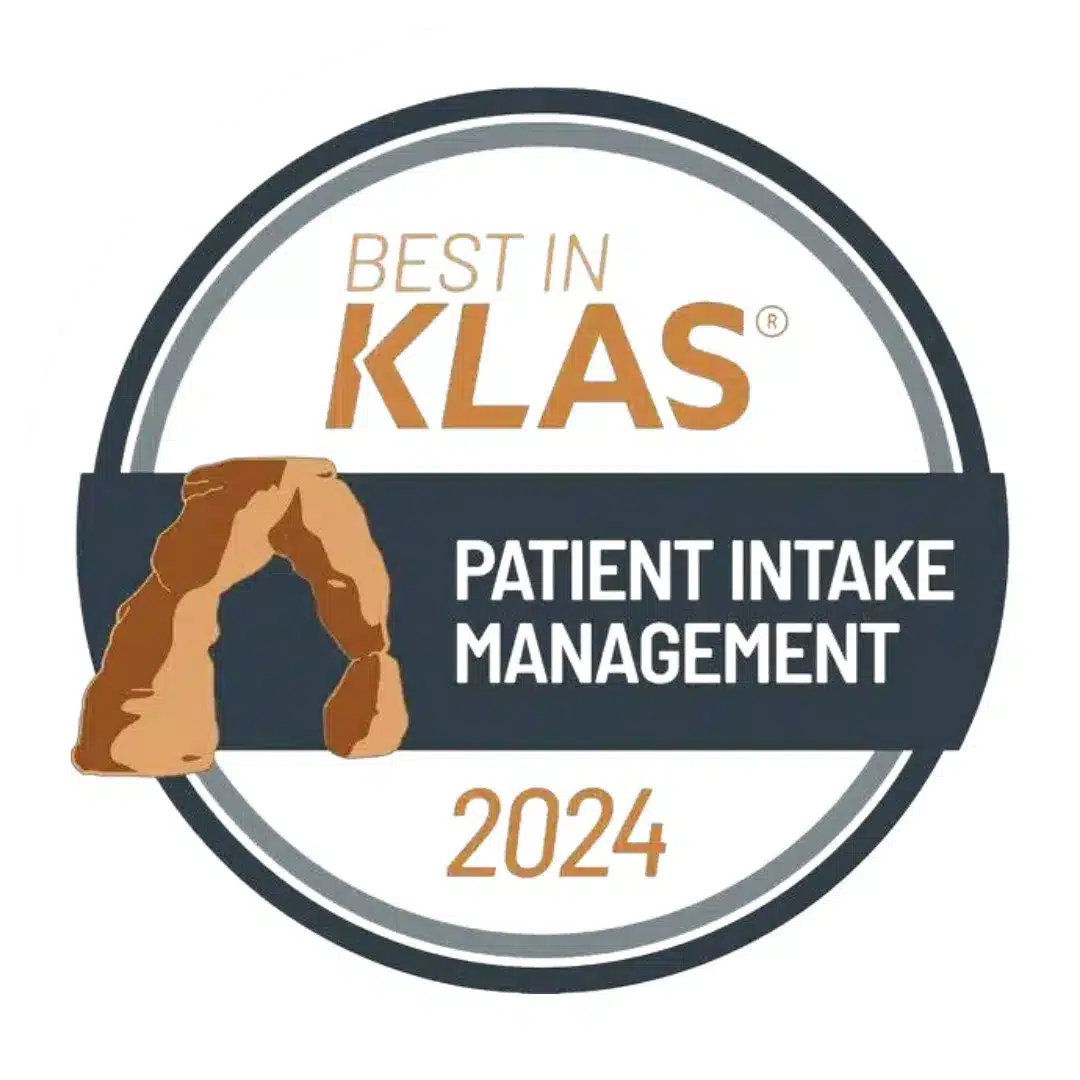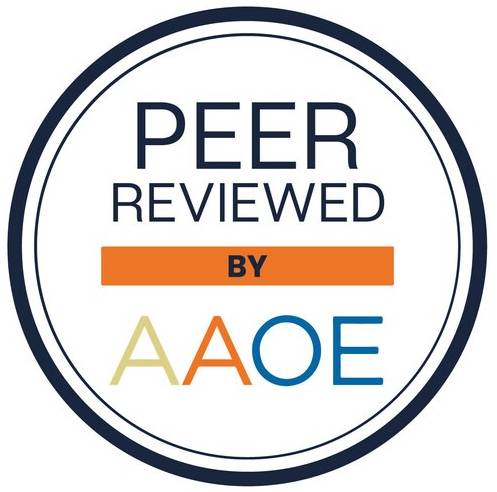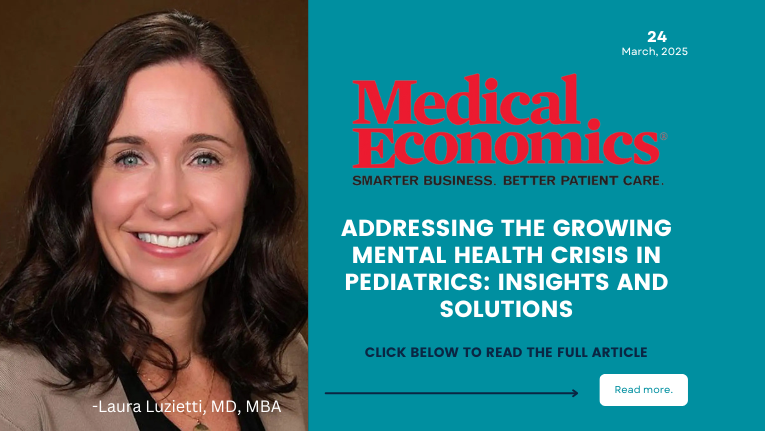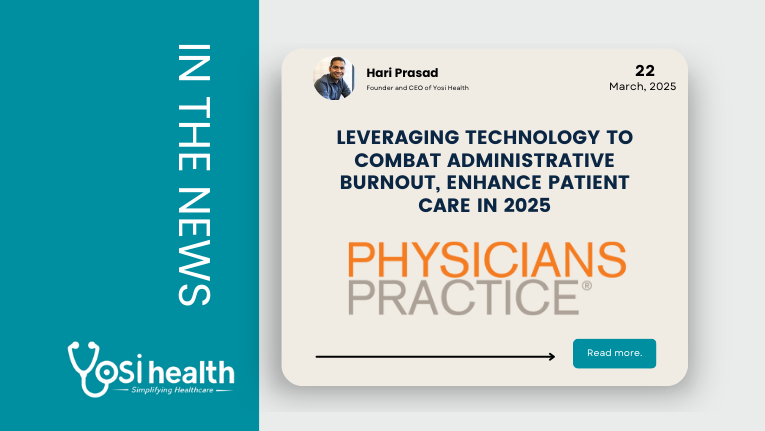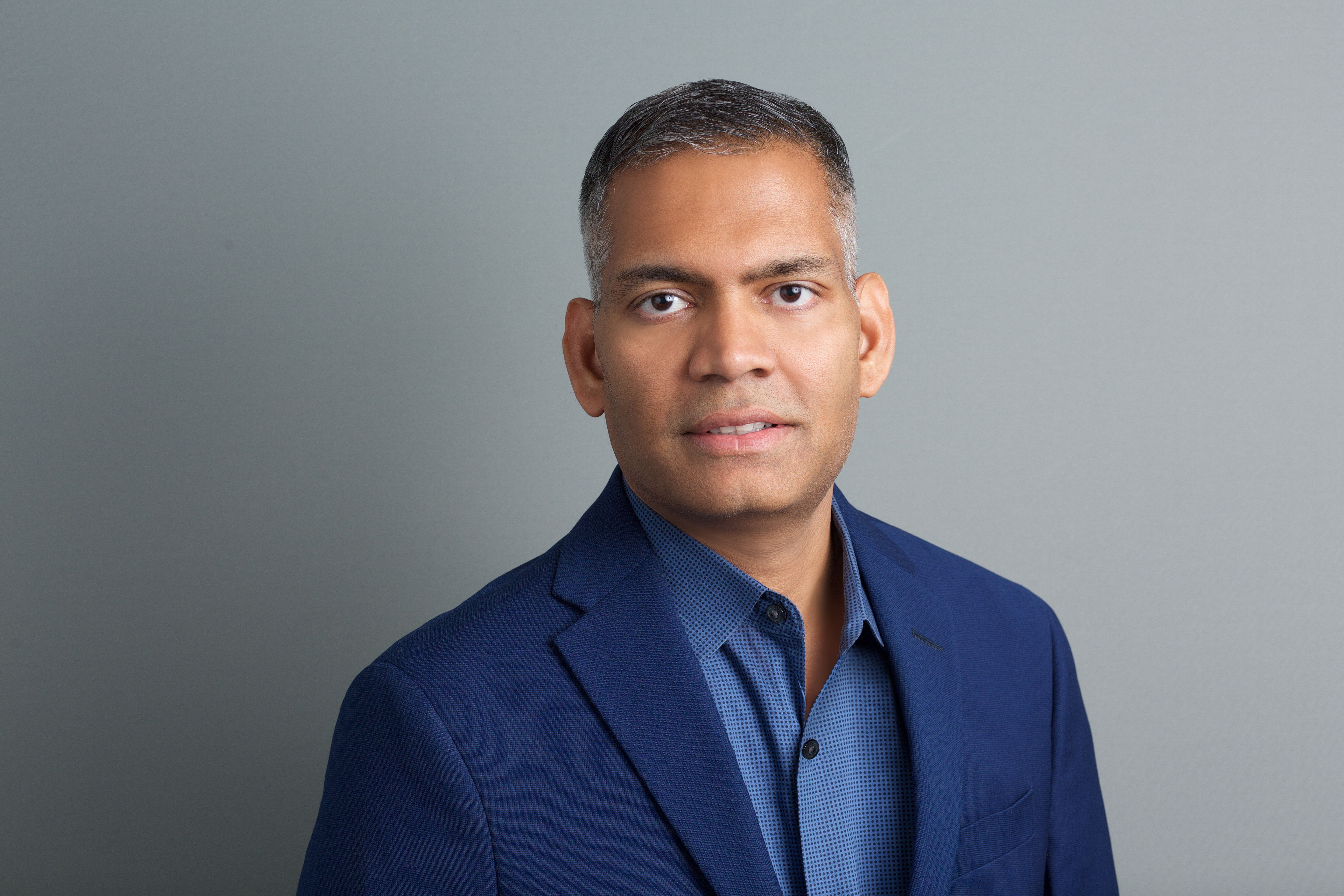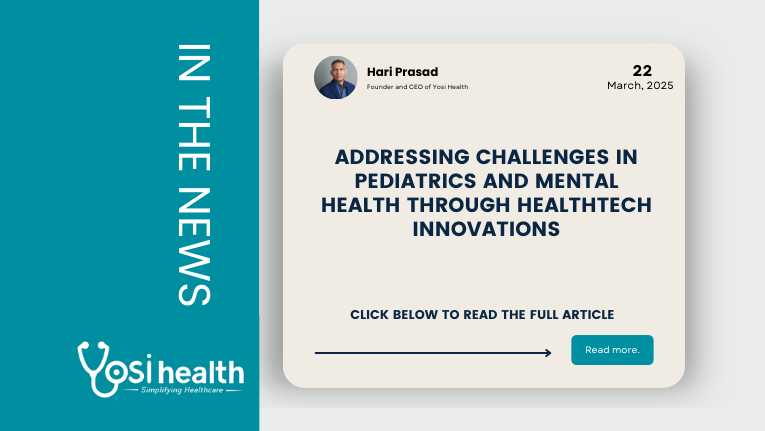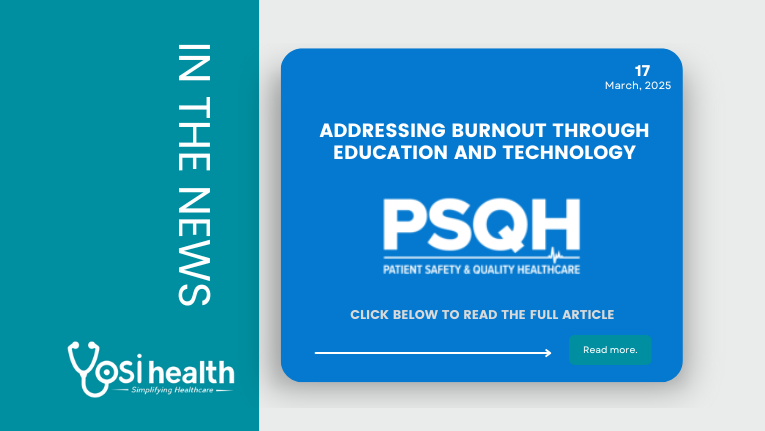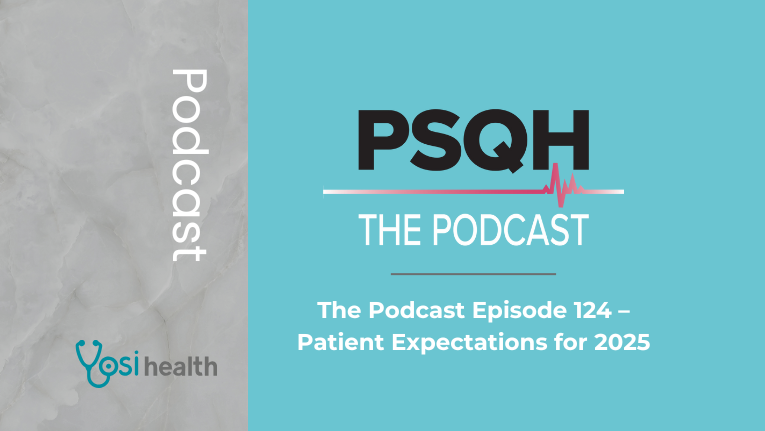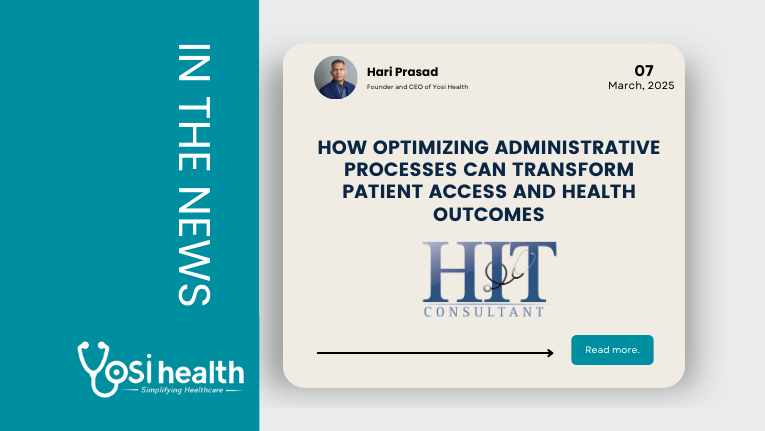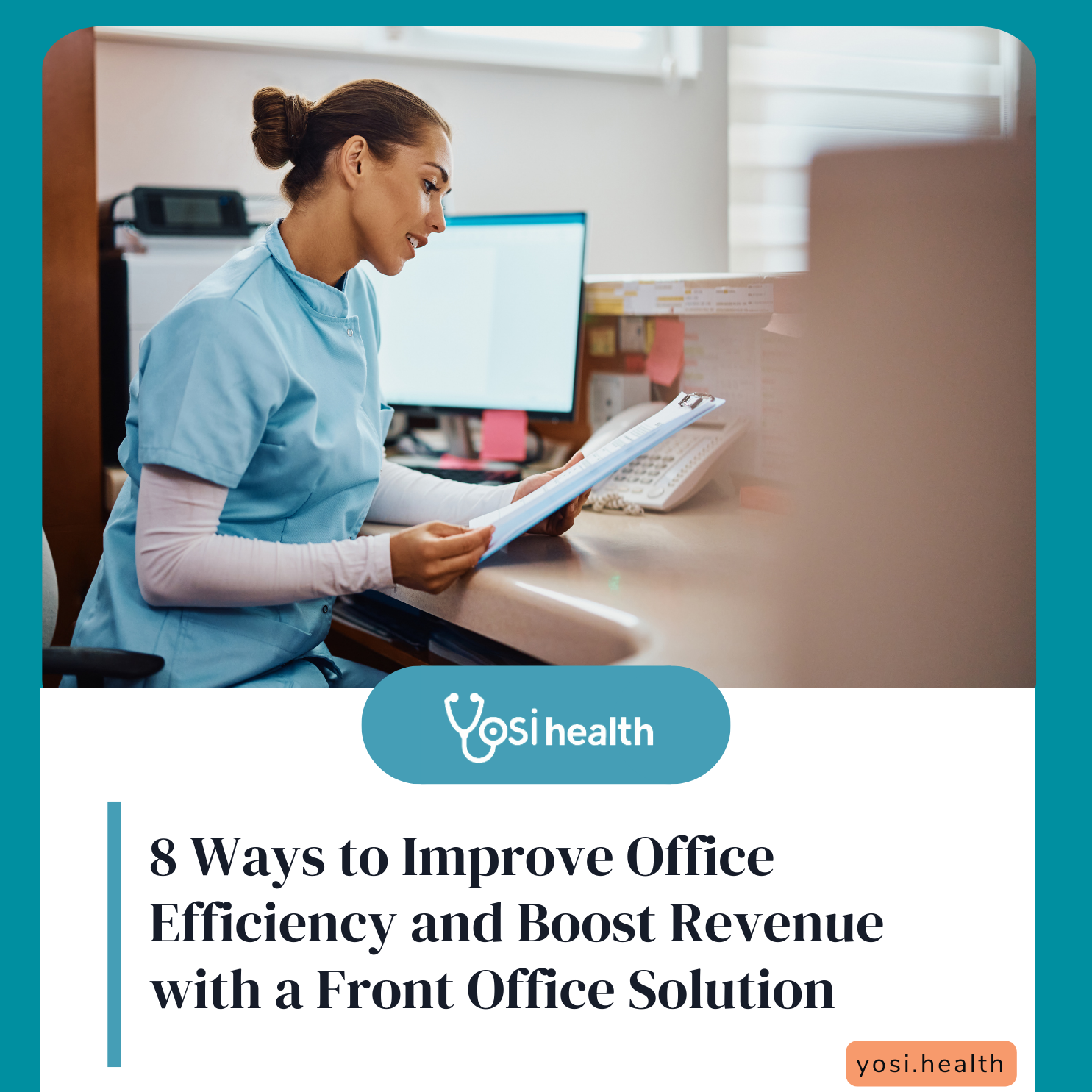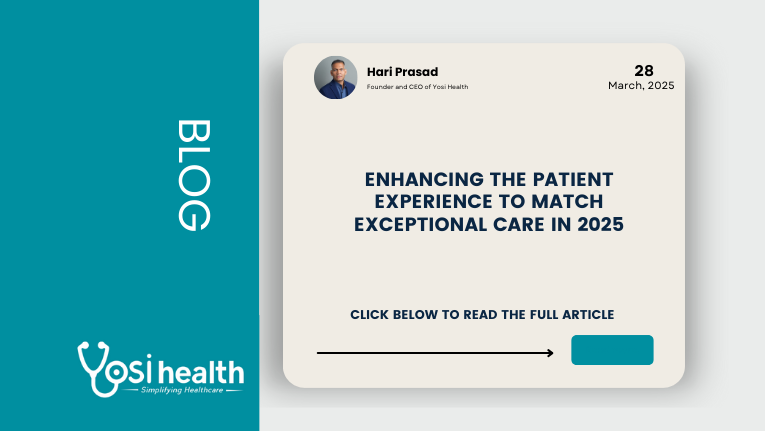
As 2025 approaches, patient expectations continue to rapidly evolve, causing healthcare to shift towards more streamlined digital solutions.
According to recent data, 70% of patients report preferring providers who offer online and self-service options, such as digital scheduling, intake, and messaging, over traditional, phone-based methods. Additionally, the complexity and waiting times associated with traditional in-office intake processes frustrate nearly 59% of patients, leading to a desire for more efficient, digital interactions with healthcare providers.
These preferences are not only about convenience; they directly impact patient retention, with 80% of patients indicating they would consider switching providers based on digital service convenience alone.
Here are 5 ways that patient engagement solutions like Yosi Health are bridging the gap between care expectations and experience.
Self-Scheduling: Empower Patients with Convenience
Self-scheduling isn’t just a convenience; it’s a strategic tool to elevate the patient experience. By allowing patients to book their own appointments based on availability, Yosi helps practices meet patients where they are. With self-scheduling, patients feel empowered to take control of their health journey, adding flexibility while reducing phone call volumes for staff. In fact, studies show that 68% of patients prefer self-service tools for booking appointments over traditional phone calls. Self-scheduling integration lets patients view open slots in real time and book at their convenience, creating a seamless first step in the care journey.
Telehealth: Access Care Anytime, Anywhere
Telehealth has transformed from an optional offering to an essential component of patient care. With Yosi’s telehealth solution, patients can connect with providers remotely, ensuring they can access the care they need without leaving home. This feature is particularly valuable for patients with limited mobility, chronic conditions, or transportation challenges.
According to a recent study by the American Medical Association, telehealth increases patient satisfaction while reducing missed appointments by up to 30%. Yosi’sh platform is easy to use, keeping patient interactions personal and timely while offering flexibility for both patients and providers.
Digital Intake: Streamlining the Pre-Visit Process
Traditional intake processes can be a source of frustration for patients, who often face long waits and repetitive paperwork. Yosi’s digital intake solution makes these frustrations a thing of the past. With pre-visit forms available online, patients can complete their paperwork at their own pace before they arrive. This ensures accurate information and drastically reduces wait times, contributing to a more relaxed and efficient in-office experience.
Digital intake also means that staff spend less time on manual data entry, allowing them to focus on patient interactions rather than administrative tasks. According to recent research, reducing wait times and streamlining the check-in process significantly impacts patient satisfaction scores.
Patient Suturing Feedback to Continuously Improve
Patient feedback is invaluable in identifying areas for improvement and ensuring that patients feel heard. Yosi’s survey feature enables clinics to easily collect feedback on every step of the patient journey, from the waiting room to follow-up appointments. This data allows practices to address any concerns proactively and tailor their services to better meet patient needs.
Surveys not only demonstrate a clinic’s commitment to quality but also serve as a reminder to patients that their opinions are valued. Clinics that actively listen and adapt based on patient feedback see improved satisfaction and loyalty, which is especially important in a competitive healthcare landscape where patient retention is crucial .
Two-Way Texting: Con That Meets Patients Where They Are
Communication barriers are one of the most common complaints patients have regarding their healthcare experience. Yosi’s two-way texting feature enables seamless communication between patients and providers, making it easier to confirm appointments, ask questions, or clarify instructions. Instead of relying on missed phone calls or voicemails, patients receive timely responses to their inquiries.
Two-way texting is particularly beneficial for reducing no-shows, as reminders can be sent automatically, and patients can confirm or reschedule with a quick reply. The result is fewer missed appointments, reduced administrative workload, and better overall patient experience.
Providing the Best Patient Experience in 2025
Yosi Health’s patient engagement solutions are designed to transform the way practices connect with patients. By enhancing each step of the patient experience—from the first booking to post-appointment feedback—Yosi not only helps practices meet modern expectations but also contributes to a more positive healthcare experience. In a world where patient experience is as essential as the care itself, Yosi stands out as a leader in creating seamless, efficient, and patient-centered interactions.
